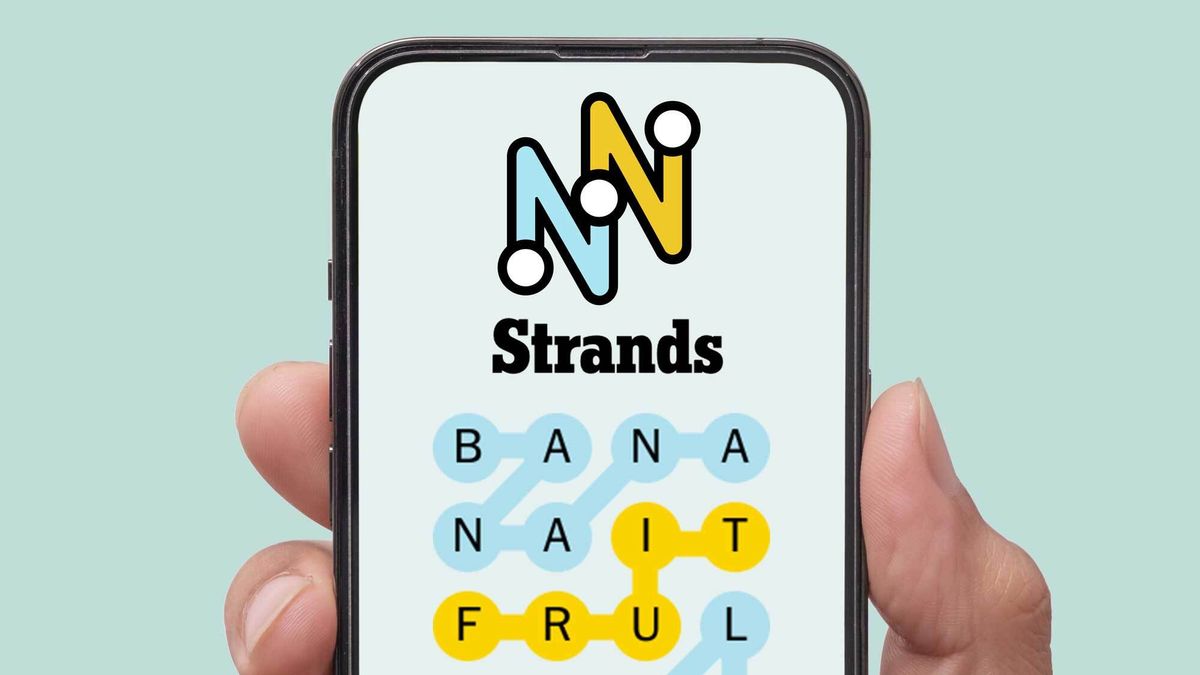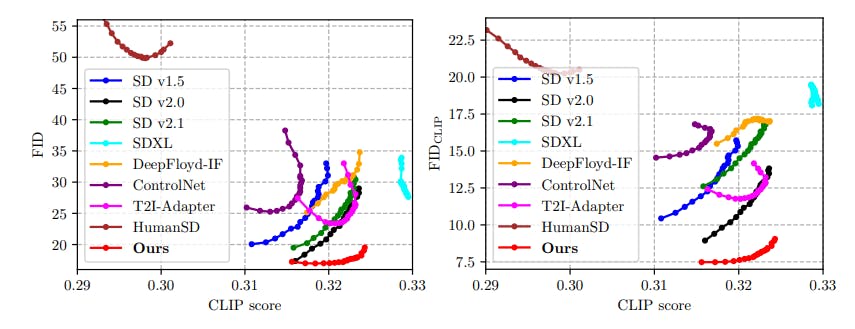Have you ever hired someone who fits the job description to the T only to be surprised by their inability to thrive in the role later?
As part of the hiring process, every organization writes a job description, which typically includes a set of skills and experiences the candidate needs to have. However, to do well in a particular role, employees need more than that. They need a more holistic set of ‘competencies.’
Creating and using a competency framework helps organizations assess, engage, and support employees to thrive. In this blog post, we explore what it is, why you should use it, and how you can create one for your organization.
How to Build a Competency Framework That Drives Success
What Is a Competency Framework?
The competency framework is a set of knowledge, skills, attitudes, attributes, and behaviors an employee needs to have in order to flourish in their job role.
How does a competency framework work?
Let’s say you’re hiring a Python developer. Typically, you’d look for someone with a certification or experience in programming with Python. While using a competency framework, you would look for someone with the following:
- Knowledge of Python in the context of programming languages, its design philosophy, features, and semantics
- Skills in using Python for programming applications, machine learning algorithms etc.
- Attitude toward Python programming and other tech stacks used by the business
- Attributes related to community participation, open source contributions, etc.
- Behavioral skills in problem-solving, collaboration, remote work, transparency, etc.
When should you use a competency framework?
The first situation in which an organization uses a competency framework would be while hiring. Before choosing a particular candidate for a role, the competency framework ensures that they are the right fit.
However, it is a great tool throughout the employee’s career. It can be used in performance reviews, during promotions, designing training and development, and for change management. It is also helpful for succession planning.
What do competency frameworks entail?
There is no singular set of components that form the competency framework. Depending on the organization, team, job role, designation, responsibilities, etc. the competencies it needs may vary.
However, a typical competency framework contains the following components.
🏆 Core values: Organizations today expect an employee’s principles and beliefs to align with the company’s on specific dimensions.
For example, if your core values are diversity and integrity, you would expect prospective employees to have high ethical standards as part of their competencies.
🏆 Core competencies: All job roles would need these competencies, typically including organizational skills, interpersonal skills, problem-solving, customer centricity, etc.
For example, if you’re a service organization, like a gym or a spa, you’d expect everyone to have customer service skills. If you’re primarily a sales organization, like an affiliate or car dealership, negotiation skills would be a core competency. Here are some other core competencies examples that may be applicable to you.
🏆 Functional competencies: These are niches required for a specific role. This could be technical skills, software proficiency, research expertise, etc. Not everyone needs this competency.
For example, if you are hiring a developer, they need to have functional competencies in programming using a specific language.
🏆 Leadership competencies: These are competencies that managers and leaders need to have, such as project management, supervision, conflict resolution, handling crises, etc. In a way, leadership competencies are functional competencies for managers.
An organization expects every employee to have an alignment of core values and core competencies. Depending on the role, some might need just functional competencies, while others might need both functional and leadership competencies.
The direct pathway to ensuring you evaluate your people for all these competencies is to have a comprehensive framework. Here’s how you can develop one.
Steps to Develop a Competency Framework
Before you get started, remember that a competency framework is a comprehensive document. It covers the work, the people, and the culture of the organization. Therefore, creating a competency framework needs a thorough approach and a collaborative platform like for Human Resources. Here’s how you can get started.
1. Define your objectives
A competency framework can be used for a number of purposes. Before you start building the framework, figure out why you need it. Ask yourself:
- What will you use it for?
- What do you want to achieve with it?
- How will it improve performance?
- How will it help the employee and the organization?
The answers to these questions will help you narrow down your objectives. However, it is perfectly normal to have more than one answer to each of these questions, from which you need to prioritize the most important ones.

Streamline those discussions with a collaborative virtual workspace like Whiteboards. Bring all relevant stakeholders, including department heads, talent leaders, HR, and finance on the same page about your competencies.
Once you’ve done that, use a tool like Goals to make your objectives and plans visible to every relevant stakeholder. Connect the objectives of your competency framework to your organizational goals. Then, delegate it to each department head to define their own objectives.
2. Collect information
To create a competency framework, you need information about the four components: Core values, core, functional, and leadership competencies. Collect information across these dimensions from your existing employees.
Ask your teams
Use Forms to conduct organization-wide surveys. Ask team members about the competencies needed to perform the work involved. Ask managers what competencies they expect from their team members. Ask senior leadership what the organization values.


Look through your existing data
Study information from your employee engagement software, performance review templates, etc. to identify gaps. Look through the feedback that managers have given their teams and observe trends.
Also conduct a process analysis to understand how things work.
Study the market
Benchmark your organization against in-demand skills in the market. If you’re building something disruptive or innovative, make sure you also map the skills you might need for the next few years to come.
With a comprehensive list of every competency you need, create the framework.
3. Create the framework
Organize the competencies: Categorize the list under core values, core, functional, and leadership competencies. Below are some examples of how you can do this.
| Core values | Core competencies | Functional competencies | Leadership competencies |
|---|---|---|---|
| Diversity and inclusion, Compassion, Empathy, Integrity and honesty, Personal responsibility | Communication, Collaboration, Remote work, Problem solving, Analytical skills, Logical reasoning | Programming, Software testing, DevOps, Cybersecurity, APA style guide-based editing, Compliance | Big picture thinking, Problem solving, Conflict resolution, Emotional intelligence, Negotiation skills, Self awareness |
Define the competencies: You might think skills like communication, collaboration, etc. are obvious. Often, they’re not. It helps to define these competencies clearly with corresponding key actions. For example, if remote work is a competency, you might define it as:
- Ability to work independently away from the office
- Time management skills
- Ability to communicate effectively through text-based collaboration tools
- Comfort with digital tools for video conferencing, screen sharing, screen recording, virtual collaboration, etc.
- Emotional intelligence to sense discomfort or misunderstanding and resolve them proactively
- Willingness to repeat/reiterate concepts to ensure they are understood
While doing this, it also helps to give examples. For instance, you might say, “when you sense that a colleague is struggling to understand something, you will proactively volunteer to help them.”
Remember that competencies tend to be skills, attitudes, and behaviors that are difficult to measure like your regular KPI metrics. However, that’s okay. Consider qualitative measures for identifying and developing them.
Map competencies: Once you have the categories, map them against each role. Core values and core competencies are likely to be required by every employee. Take the time to map functional and leadership competencies to the specific roles they’re applicable to. Also, define how these competencies help career progression.
’s Skills Mapping Template is a simple, yet comprehensive way to do this. This fully customizable, beginner-friendly template is ideal for recording, organizing, and mapping your team’s competencies.
4. Implement the framework and communicate among teams
Introduce: Communicate the framework among all staff members. Onboard team leads, managers, and senior leadership to the new framework and invite them to try it in their hiring, training, and professional development processes.
Record: Publish the competency framework and share it with all relevant stakeholders in the organization. Docs helps you create a visually engaging record of your competency framework and share it with the right level of access.


Implement: Integrate it into all the processes that you identified as relevant while defining objectives.
Use ’s Performance Report Template to visualize how each employee/team fares on the various competencies you’ve outlined.
Review and adjust: While it’s not useful to keep changing your competency framework, it is important to review it periodically. For instance, if one of your marketing team’s functional competencies is SEO, it needs a major refresh in the context of the rising use of AI.
During watershed moments like this, a thorough review of your competency framework is necessary.
As you read this, if you’re thinking, “we already have job descriptions, evaluations, etc., why do we need yet another framework?” here’s the answer.
Benefits of a Competency Framework
A good competency framework dramatically strengthens an organization’s ability to hire, train, develop, and engage employees because it:
Improves hiring: The competency framework ensures that only the right candidates are selected for open positions. It reduces the likelihood of hiring mistakes and prevents skill issues. It also minimizes training and onboarding costs once the candidate is hired.
Sets clear expectations: It clearly lays out the performance expectations for candidates, employees, and managers. It sets them up for success, encouraging them to focus their efforts on building competencies that matter.
Creates transparency: Competency frameworks ensure that all stakeholders are on the same page. Candidates know what they’re being tested for. Employees know what they excel at and what skills they lack. This eliminates unnecessary anxiety around performance.
Improves performance: With greater clarity around what’s needed to get the job done, individual performance is likely to improve. When the entire organization has common values and competencies, the compounding effect is enormous.
Enables sustainable businesses: A good competency framework ensures that the organization is robust in the present and agile for the future. It enables business leaders to build skills and capabilities that power competitive advantage in the future. It eases talent management in the long term.
Strengthen Your Competency Framework with
Hiring can be tiring. A wrong hire can result in considerable losses in termination, rehiring, onboarding, training, etc. What’s worse is that you might not even notice that you’ve made an ineffective hiring decision until it’s too late.
For instance, you might have hired someone who is fantastic at Python programming but doesn’t have the collaborative skills or industry expertise needed to build your product. By the time you identify these gaps, you might have incurred actual and opportunity costs.
A thoughtful competency framework can avoid such eventualities and make informed decisions. Brainstorm, plan, create, implement, and optimize your competency framework with .
Try today for free!


Everything you need to stay organized and get work done.













